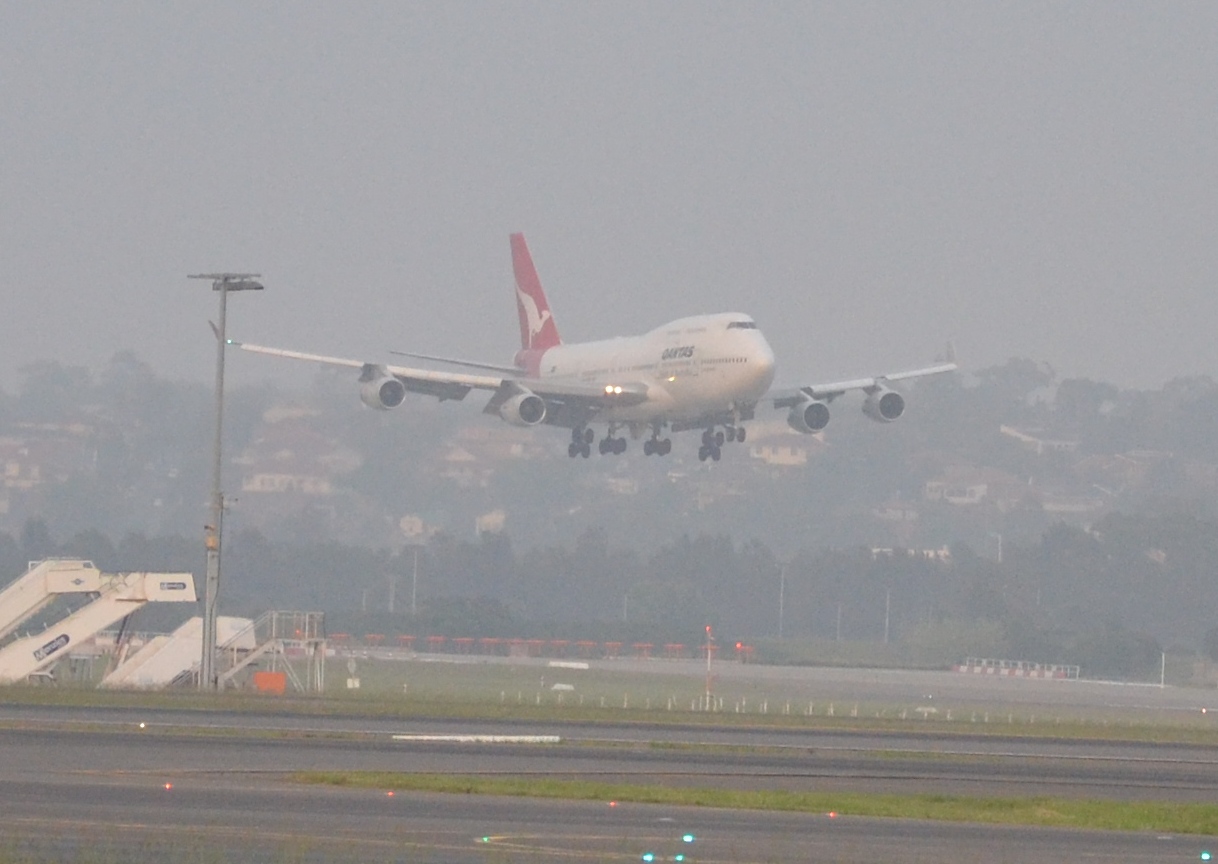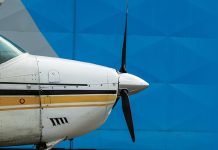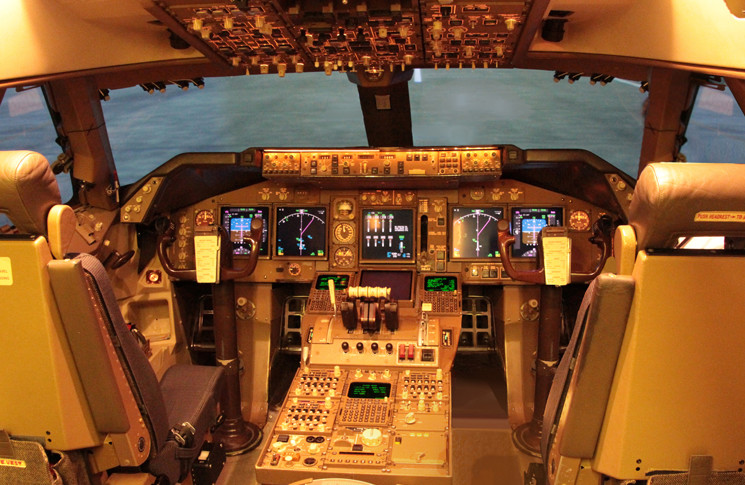
It’s a hazy day today over southeastern Australia, and likely to be the one of many such days over the coming summer. According to NAIPS, visibility at Archerfield and Bankstown is 5000m, and at Port Macquarie, closer to the bushfires which have burned over the past month it is 3000m. In Canberra, information foxtrot at 2359Z says visibility is predicted to reduce to 5000m. It’s an appropriate time for a refresher on the distinctive hazard haze poses for aviation.
Reduced visibility is never a good thing in aviation and haze makes aircraft harder to see en route, in the circuit and on the ground. Ground haze also has the characteristic of often being translucent when viewed from above but more opaque when viewed from an angle, such as on final approach. Thick ground haze can obscure the natural horizon, creating a hazardous environment for VFR pilots.
Haze produces two characteristic visual illusions: light haze, or smoke, rain, mist or dust can produce a refractive too-high illusion, which can lead to a short or hard landing. Flying an approach in more substantial haze it makes your aircraft seem further from the runway, as the eye and brain subconsciously interpret the degraded picture as greater distance to target. The result is a tendency to be fly a shallower glide path and risk landing long. The Flight Safety Foundation’s approach and landing accident reduction tool kit has a concise description of runway visual illusions that is worth revisiting, particularly on days like today.




